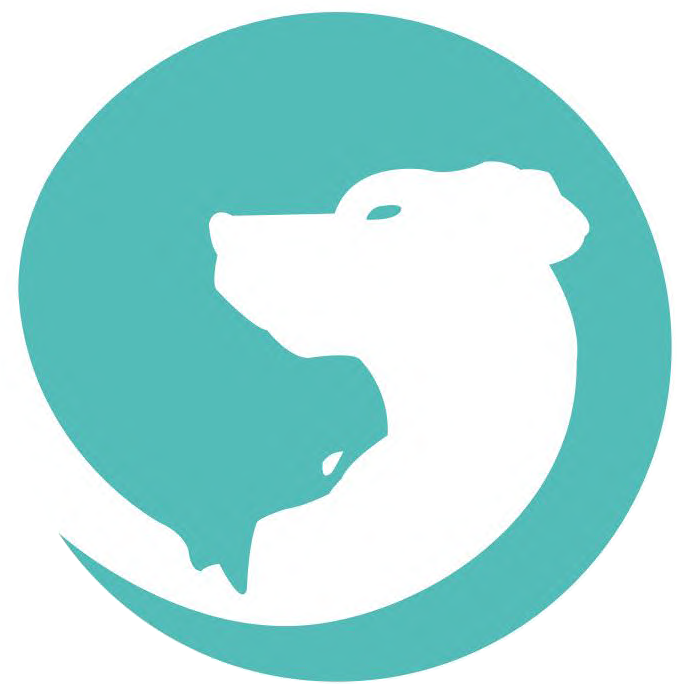
Animal Arthroscopy In Pensacola : A Helpful Guide
Just like us, our pets can deal with various issues. Some of the issues our pets encounter are quite different than the things we experience. However, some of the things that we and our pets deal with are similar. This means that there are certain procedures used on both humans and our pets. One of these procedures is animal arthroscopy.
Animal arthroscopy is performed by an orthopedic surgeon to diagnose, visualize, and treat problems with an animal's joint. Unlike other surgical options that typically use large incisions, in animal arthroscopy, the surgeon performs the procedure by creating a small incision in the animal's skin. Then, they insert a device with a small video camera and light that allows them to magnify the joint.
Animal Arthroscopy allows the doctor to find various conditions involving the joint. They may find loose bodies of cartilage or bone Osteochondrosis/Osteochondritis Dissecans (OCD) of the animal's ankle, elbow, knee, or shoulder. Another issue they can find is inflammation, which is an inflamed lining in the hip, shoulder, elbow, or knee. Bursitis can also be found. This is an inflammation of the sac-like structures that surround ligaments.
With animal arthroscopy, veterinarians can also evaluate injuries sustained by pets and get a more comprehensive picture of what is going on in the joint. Using this procedure, the veterinarian can determine the extent of the shoulder injury, including rotator cuff injuries, tears or inflammation, or OCD. Elbow injuries can also be evaluated to determine if the issue is UAP, OCD, elbow dysplasia. In the knee, the vet can learn if the animal has suffered from a meniscal tear, a cranial cruciate ligament tear with instability, or chondromalacia, which is an injury, wearing, or softening of the cartilage. Also, hip injuries can be evaluated to find damage to the cartilage or tearing of the joint capsule or ligaments.
There are also a number of disorders that can be treated when combined with arthroscopic surgery and traditional measures. Animals can get relief from shoulder injuries, patella luxation, ligament injury in the knee, OCD of the ankle, knee, shoulder, or elbow, elbow dysplasia.
What is Animal Arthroscopy?
Arthroscopy is a surgical procedure orthopedic surgeons use to visualize, treat, and diagnose problems within a joint.
During this procedure, the surgeon makes a small incision in the patient's skin and inserts an instrument that has a miniature video camera and light to magnify the joint up to 20x. This is an ideal procedure that can help avoid large incisions needed for surgery.
We can find many different conditions in the joint during this procedure including:
Loose bodies of bone and cartilage: OCD (Osteochondritis Dissecans) of the knee, shoulder, elbow, and hock (ankle).
Inflammation: Acute and Chronic Synovitis – inflamed lining (synovium) in stifle (knee), shoulder, elbow, or hip
Bursitis: Inflammation of a sac-like structure that surrounds ligaments
Shoulder: OCD (Osteochondritis Dissecans), inflammation or tears of the bicipital tendon, rotator cuff injuries
Knee: CCL (Cranial Cruciate Ligament) tears with instability, meniscal (fibrocartilage) tears, chondromalacia (softening, wearing, or injury of cartilage)
Elbow: OCD (Osteochondritis Dissecans), UAP (Elbow Dysplasia), and FCP (Fragmented Coronoid Process)
Hip: Tearing of the ligaments or joint capsule, cartilage damage
Several disorders can be treated with a combination of traditional and arthroscopic surgery including:
Cranial Cruciate Ligament Injury in the Knee
Patella Luxation
OCD of the Shoulder, Elbow, Knee, or Hock
Elbow Dysplasia, Coronoid Disease, UAP
Shoulder Injuries
Many patients feel little to no pain from this arthroscopic procedure.
See an arthroscopic procedure at work HERE.


